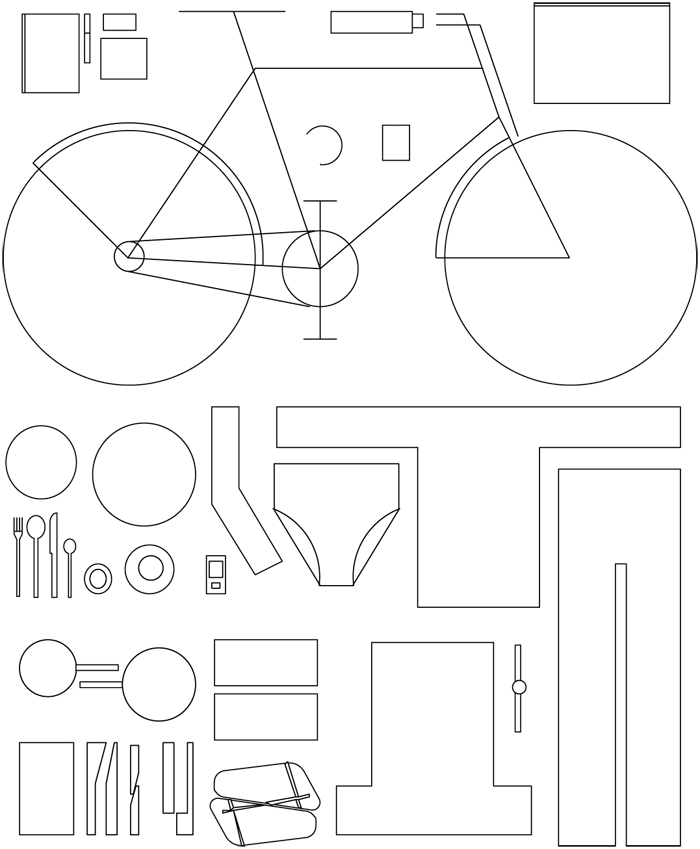
Methodology
My ancestors were Vals settlers – they took responsibility for their chosen environment and cared for it. Settling, in its truest sense, is not about possession and borders, but well being and being at one with nature. So I have thought long and hard about the distinction between perfection and due care. It is very important to me to be able to think about the needs and history of a place with the outmost care. The perfect solution is never my goal; rather, I seek the precise, definitive and unambiguous answer to the question posed. This answer, in turn, can never be easy or pragmatic, but should be as simple and natural as possible. Nature, after all, is the greatest builder – it builds economically and spontaneously. I therefore have great respect for mature, old trees. However sweeping and brilliant the history of architecture may be, the best structures can hope only to enter into a dialogue with nature.
As a planning architect, one moves between strategy and the nature of the form; the most important thing is to maintain an appropriate estimation of one’s capabilities and weaknesses. Either the rooms must be so strong that they can counteract any furnishings, or the rooms so tailored that only one planning/construction phase is possible with no subsequent corrections through furniture or the environment. ‘First the environment!’ I adhere to this maxim with pleasure, irrespective of the building estimate schemes. The house as an object interests me only insofar as the focus is on the constructed room transitions. In the perception of space, the terrain and sun are of great significance. Terrain is a sensitive thing; it is far more than just a malleable mass for the house or other requirements: the terrain is the breath and the surroundings, the soul of a house.